(Piptoporusbetulinus), also know as birch polypore – the last meal of Ötzi the iceman
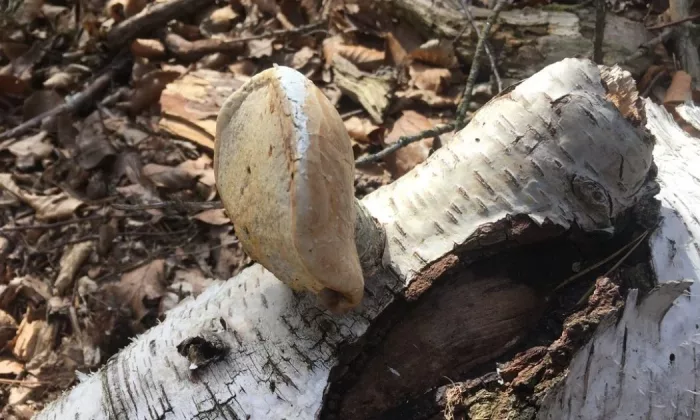
Spring is in full swing and many of us are enjoying walks in the forest. It is finally possible to take walks without a face mask and you might even come across some mushrooms. In some places you may already find morels, mainly the early morel (Verpa bohemika), but we shall take a look at different fungus which grows on birch wood and convince you that even though this fungus is often neglected, it can be used to your benefit.
When Ötzi was in trouble
You may remember the year of 1991 when a mummified human body was found by German tourists in the southern part of Tyrol. More precisely, near the Similaun Glacier in the Ötztaler Alps, at an altitude of 3,200 meters above sea level. The mummified man is now called Ötzi. He lived during the Stone Age and died during his trip to the mountains – at rather high altitude. Some of his personal belongings were found, including weapons and pieces of something that looked like a cork, but it was birch polypore.Scientists have speculated that this man probably used it to treat parasites in his own intestines.
Birch polypore grows on birch trees of course
Sure the birch polypore mainly grows on decaying birch wood but also on living trees or on wood logs that have fallen down. The mushroom has its typical brown colour. The surface is usually cracked. It very much resembles a kidney. If you look at the bottom of the “hat”, you will see greyish tubes. When birch polypore is young it has a juicy body, which is usually soaked with water. Older birch polypore is very stiff and resembles the aforementioned cork.
Hard to confuse it with other mushrooms
Thanks to the fact that this mushroom grows exclusively on birches, it is very hard to confuse it with anything else. You can also found tinder fungus, (Fomesfomentarius) growing on birch trees, but this fungus looks completely different, as you can see in the picture below.
Photo: commons.wikimedia.org
Birch polypore grows almost everywhere
You can find this fungus in Asia, America or Canada. It grows also in Europe but mainly in Nordic countries. After all, birch is the national tree of the Finnish and Russian people.
Collecting birch polypore
Collect young mushrooms which are still full of juice and peel off from the trunk easily. Once you bring your catch home, process it and use it as soon as possible, otherwise worms may get the best of it.
Birch polypore processing
You can cut the flesh into small pieces and pickle them in vinegar or you can make a powder out of them. Put the pieces in a dryer and let them dry at a temperature of around 50 degrees Celsius and then crush them. You can also make tea, which should have sedative effects and should work on various stomach problems, including stomach ulcers. Birch polypore can eliminate parasites in intestines. It is also used to treat wounds and swelling. A slice of mushroom or little bit of powder should do the job. Birch polypore is said to strengthen immunity. Some sources claim that it can even treat malignant tumours and colon cancer. Fun fact: in the past it was used as a watch polish and razor sharpener in barbershops.
Preview photo: Radek Štěpán

Gardening is my hobby, I have a lot of experience and I am happy to share it.
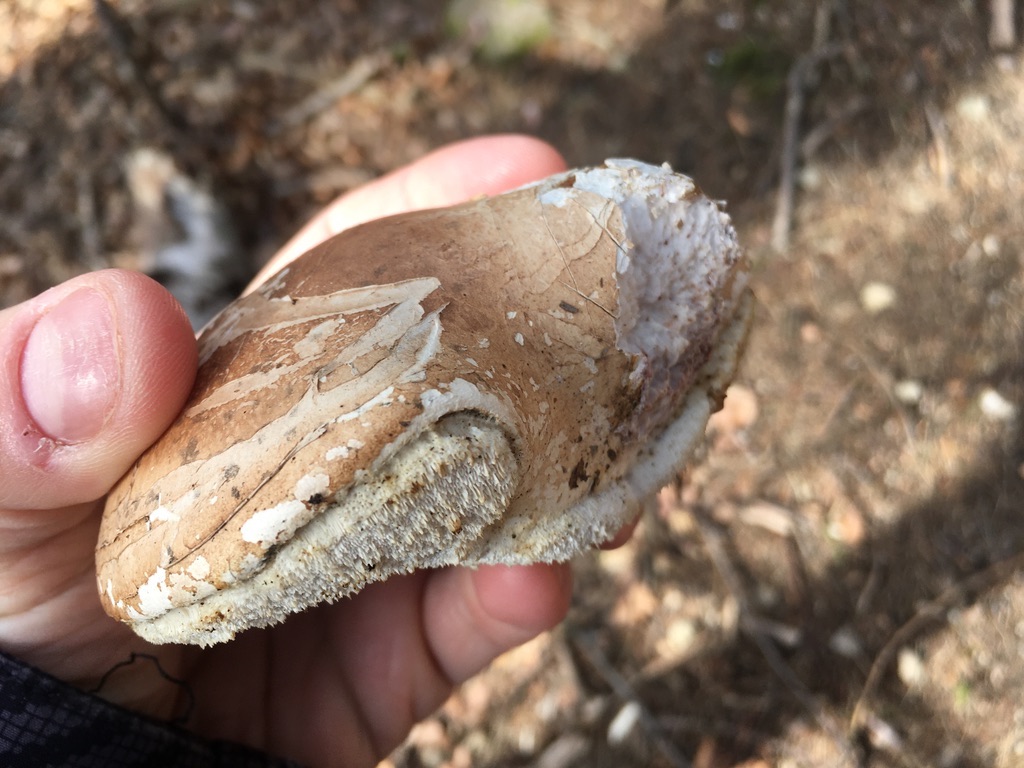
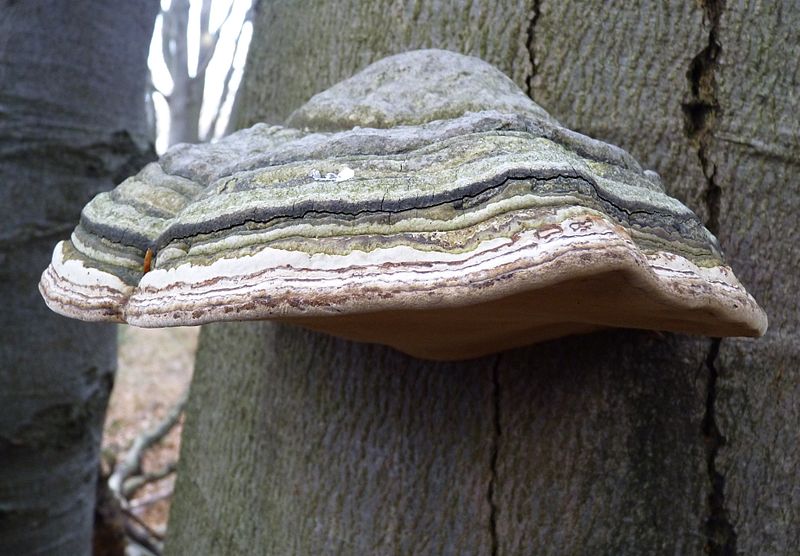
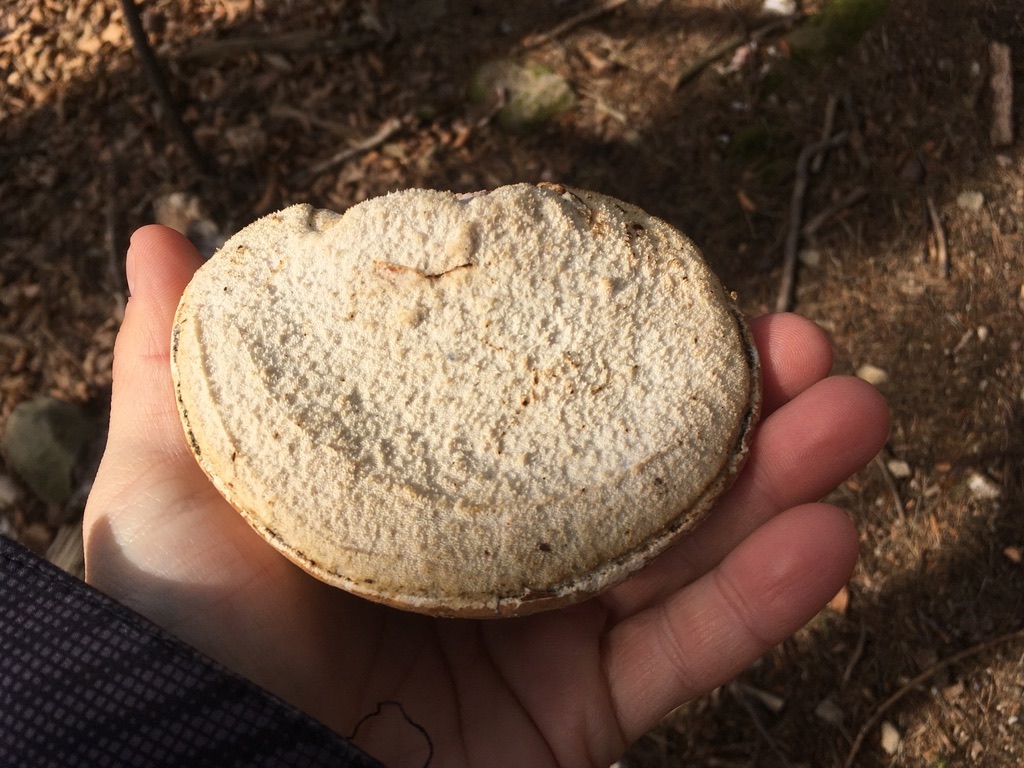
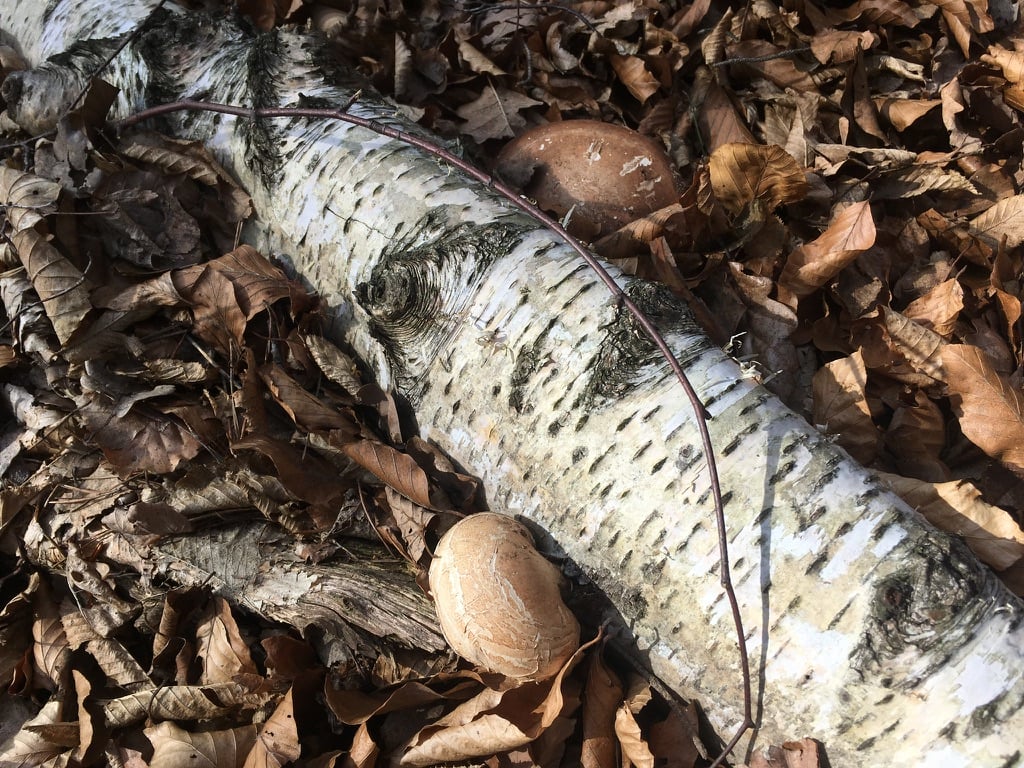




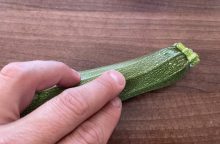
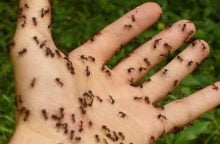


0 comments